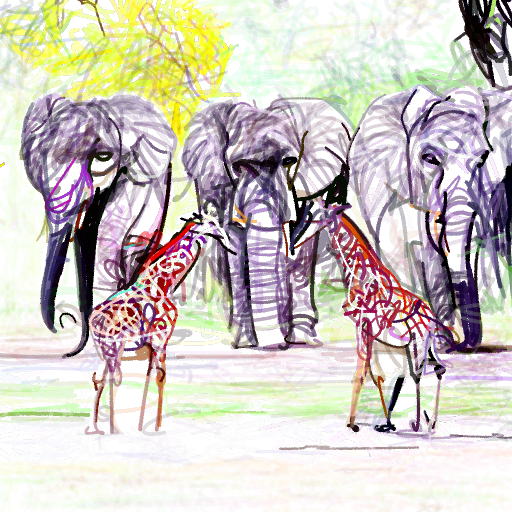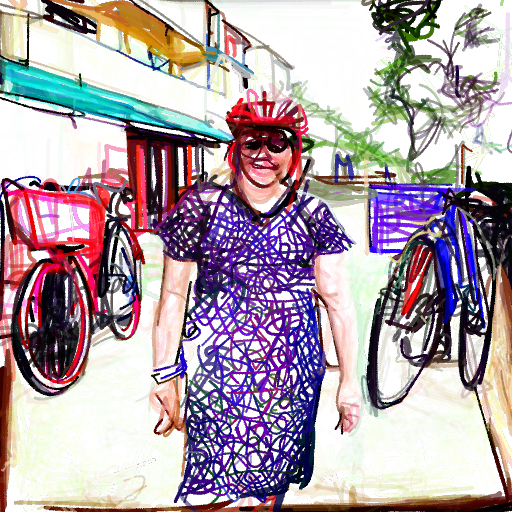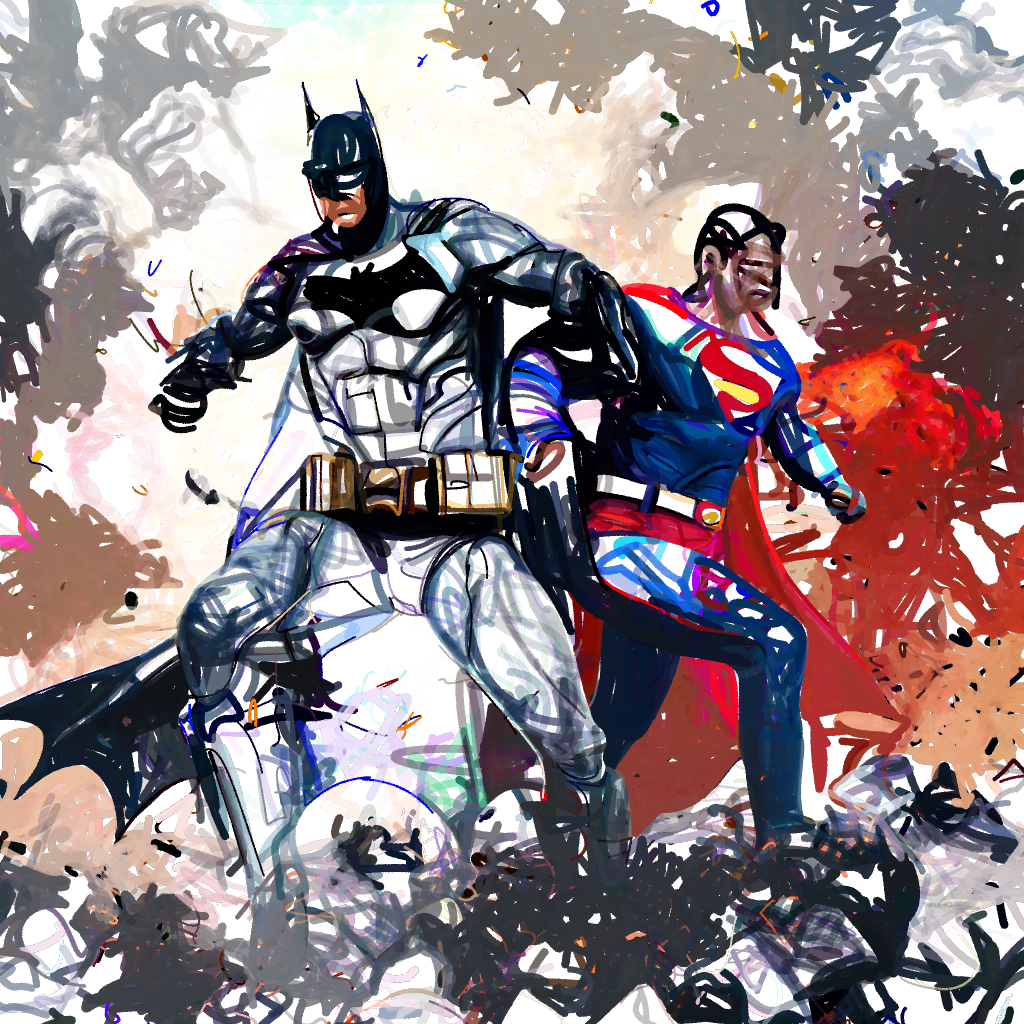From Prose to Portraits: Mechanism of Sketch Synthesis

This opacity control aims to replicate the iterative approach of traditional human sketching by starting with a low opacity value for the Bezier curves. The system then increases the opacity of certain strokes based on relevance and significance provided by the semantic guidance through a loss function \( \mathcal{L}_{sop} \) as defined in \( \mathcal{L}_\text{sop} = \left|1 - \dfrac{\max(A_s \odot \mathcal{R}_d(\theta))}{\max(A_s \odot \mathcal{I}_r)}\right| \). The system updates the opacity value of primitives in each backward pass through gradient descent to mirror the artistic method of intensifying strokes. The final optimization has been defined in the following equation:
Unraveling Textual Descriptions into Artistic Creations

“In a village[..]” “In a village, a river flows between two men, each standing on opposite banks”

“A car is [..]” “A car is parked on the road beside a river”

“A stop sign [..]” “A stop sign is in grass behind a fence”

“A man and [..]”“A man and a woman stroll in the rain, sharing an umbrella, with the woman holding a bag”

“A dog chasing [..]”“A dog chasing a frisbee on the grass”

“Four bicycles parked [..]”“Four bicycles parked beside a bus”

“Two giraffes and [..]”“Two giraffes and three elephants in a forest”

“A red bicycle [..]”“A red bicycle is at the left of a woman and a blue bicycle towards right of a woman.”

“A woman is [..]”“A woman is riding her bike down the street in front of traffic”

“Batman and Superman [..]”“Batman and Superman in a battle scene, with smoke and explosions in the background.”
From Doodles to Details: Evolution of Sketch Synthesis
Final takeaways
BibTeX
@article{banerjee2024svgcraft,
title={SVGCraft: Beyond Single Object Text-to-SVG Synthesis with Comprehensive Canvas Layout},
author={Banerjee, Ayan and Mathur, Nityanand and Llad{\'o}s, Josep and Pal, Umapada and Dutta, Anjan},
journal={arXiv preprint arXiv:2404.00412},
year={2024}
}